Home>Garden Essentials>How Did The Seed Drill Impact Society
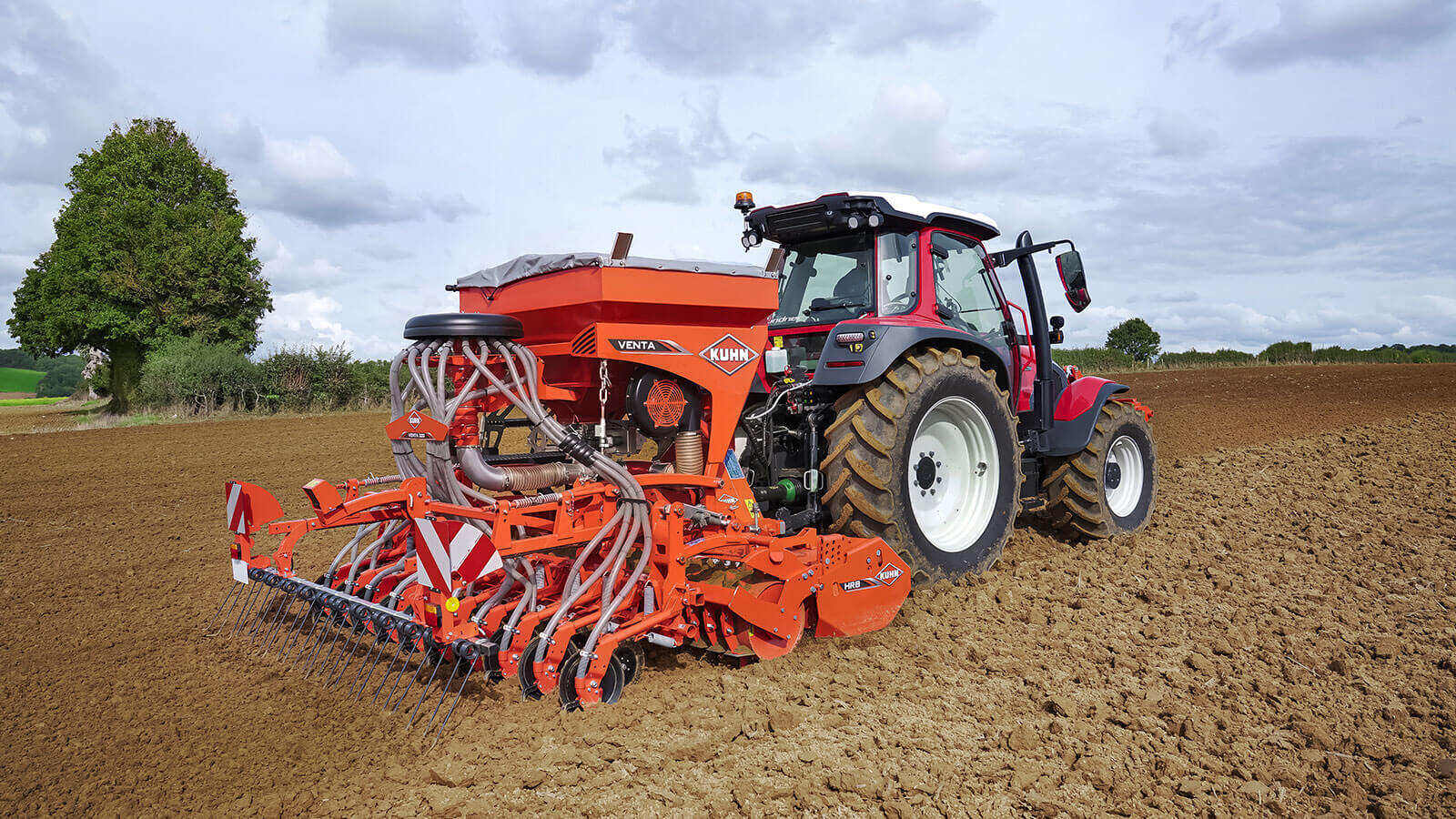

Garden Essentials
How Did The Seed Drill Impact Society
Modified: March 15, 2024
Discover how the seed drill revolutionized gardening practices and shaped society. Uncover the profound impact of this innovative tool on agricultural efficiency and societal progress.
(Many of the links in this article redirect to a specific reviewed product. Your purchase of these products through affiliate links helps to generate commission for Storables.com, at no extra cost. Learn more)
Introduction
The seed drill is one of the most significant inventions in the history of agriculture. Developed during the agricultural revolution in the 18th century, the seed drill revolutionized the way seeds were planted and had a profound impact on society. Before the introduction of the seed drill, farmers had to sow seeds by hand, a labor-intensive and time-consuming process.
The seed drill, also known as the drill plough, was a mechanical device that made the planting of seeds more efficient and precise. It allowed farmers to sow seeds in rows at a controlled depth and spacing, resulting in higher crop yields and improved agricultural practices.
The invention of the seed drill marked a turning point in agriculture, as it eliminated the need for manual seed sowing and brought about significant changes in farming techniques, productivity, and societal development.
In this article, we will explore the invention and development of the seed drill, its function and benefits, and the far-reaching impact it had on society.
Key Takeaways:
- The seed drill revolutionized farming by automating seed planting, increasing crop yields, and shaping societal and cultural changes during the agricultural revolution of the 18th century.
- By mechanizing seed sowing, the seed drill improved agricultural efficiency, reduced labor requirements, and paved the way for sustainable farming practices, leading to economic growth and improved living standards.
Read more: How Did Air Conditioning Impact Society
Definition of the Seed Drill
The seed drill is an agricultural device designed to plant seeds and deposit them in the soil at a consistent depth and spacing. It is a mechanical tool that automates the process of seed sowing, making it more efficient and precise than manual methods.
The basic components of a seed drill typically include a seed hopper, seed tubes, a seed metering mechanism, and a coulter or disc opener. The seed hopper holds the seeds, which are then dropped into the seed tubes. The seed metering mechanism regulates the flow of seeds, ensuring that they are deposited at the desired spacing. The coulter or disc opener creates a furrow in the soil, allowing the seeds to be placed at the correct depth.
The seed drill is typically pulled by horses or attached to a tractor, facilitating the rapid planting of seeds over large areas. Through its mechanical design, the seed drill offers precise control over seed placement, ensuring even distribution and enabling optimal growth conditions for the planted crops.
Seed drills are available in various sizes and designs, ranging from small handheld versions for home gardening to large-scale pneumatic or mechanical seed drills used in industrial farming operations.
Overall, the seed drill revolutionized the process of seed sowing, making it more efficient, accurate, and labor-saving. By mechanizing this important aspect of agriculture, the seed drill significantly improved the efficiency and productivity of planting operations.
Historical Background
The development of the seed drill can be traced back to the 18th century, a time when agricultural practices were undergoing significant changes. Prior to this period, farmers relied on traditional methods of seed sowing, such as scattering seeds by hand or using rudimentary tools like the dibber or seed dibble.
These traditional methods were not only time-consuming but also resulted in uneven seed distribution and inefficient use of land. Farmers struggled to achieve consistent crop yields, and the manual labor involved in seed sowing was extremely labor-intensive.
It was during this time that agricultural pioneers began to experiment with new ideas and inventions to address these challenges. One such pioneer was Jethro Tull, an English agriculturist credited with the invention and popularization of the seed drill. Tull was influenced by the Dutch drill ploughs used in the Low Countries, which provided him with the inspiration for developing a more efficient seed sowing device.
Tull’s work on the seed drill gained momentum in the mid-1700s. He experimented with different designs and modifications, aiming to create a machine that would improve the accuracy and efficiency of seed sowing. His efforts led to the development of an innovative seed drill that became widely adopted in agricultural practices.
While Jethro Tull is often associated with the invention of the seed drill, it is important to note that similar devices were also being developed and used in other parts of the world, including China and the Middle East. However, Tull’s design and its subsequent popularity played a significant role in shaping the future of agriculture.
The introduction of the seed drill marked a major shift in agricultural technology and practices. It revolutionized the way seeds were planted and had a profound impact on farming efficiency, productivity, and societal development. The seed drill paved the way for more advanced agricultural machinery and set the stage for the mechanization of farming processes in the centuries to come.
Invention and Development of the Seed Drill
The invention and development of the seed drill can be attributed to the relentless efforts of Jethro Tull, an English agriculturist. Tull, known for his innovative approach to farming, was determined to find a solution to the inefficiencies and challenges of manual seed sowing.
Tull’s first significant breakthrough came in the 1700s when he developed a horse-drawn seed drill. This early version consisted of a hopper that held the seeds, a rotating cylinder to distribute the seeds, and a series of tubes that delivered the seeds to the furrow created by a coulter. The seeds were deposited in the furrow at a controlled depth, resulting in more precise and efficient planting. Tull’s design allowed for the simultaneous sowing of multiple rows, further increasing productivity.
Over time, Tull refined his design, addressing issues and limitations that arose during testing and practical use. He improved the seed metering mechanism to ensure consistent seed spacing, preventing overcrowding and enhancing crop growth. Tull also introduced features such as adjustable seed depth and a covering device to protect the seeds after planting.
The success of Tull’s seed drill soon spread, leading to its wide adoption among farmers in England and eventually in other parts of the world. The design principles of the seed drill were also adapted and refined by other inventors, resulting in various models and modifications.
One notable improvement was made by Scottish engineer James Small, who developed a seed drill with a rotating cylinder and individual seed cups. This modification allowed for better control over seed distribution and improved accuracy in planting.
As technology advanced, so did the seed drill. In the 19th century, mechanical improvements, such as the introduction of gears and levers, made the seed drill more precise and easier to use. The introduction of fertilizer attachments also enabled farmers to simultaneously sow seeds and apply fertilizers, further enhancing crop growth.
Today, seed drills have evolved even further, incorporating modern technologies such as pneumatic seed metering, electronic sensors, and GPS guidance systems. These advancements have made seed drills more efficient and capable of planting seeds with utmost accuracy.
The invention and development of the seed drill marked a significant milestone in agricultural history. It revolutionized seed sowing methods, increased productivity, and laid the foundation for the mechanization of farming practices that continue to shape the agricultural industry to this day.
Function and Benefits of the Seed Drill
The seed drill serves a crucial function in agriculture by automating the process of seed sowing. Its design and mechanism enable efficient and precise planting, providing numerous benefits to farmers and their crops.
The primary function of the seed drill is to deposit seeds into the soil at a consistent depth and spacing. This is achieved through a combination of components such as the seed hopper, seed tubes, seed metering mechanism, and coulter or disc opener.
When seeds are placed at a uniform depth, they receive optimal growing conditions, ensuring better germination and establishment of plants. This helps in reducing seed waste and enhances the chances of uniform crop emergence.
Furthermore, the precise spacing of seeds facilitated by the seed drill ensures that each plant has sufficient space to grow and access essential nutrients, sunlight, and water. This prevents overcrowding and competition among plants, leading to healthier and more robust crops.
The benefits of using a seed drill in farming practices extend beyond uniform seed placement and spacing. Here are some of the key advantages:
- Time-saving: The seed drill eliminates the need for manual seed sowing, which is a labor-intensive and time-consuming task. With the seed drill, farmers can cover larger areas in a shorter period, increasing efficiency and productivity.
- Increased productivity: The precise seed placement and optimal spacing provided by the seed drill result in higher crop yields. Uniform seed depth and spacing promote more efficient nutrient absorption and reduce competition between plants.
- Conservation of seeds: The regulated flow of seeds in the seed drill reduces the wastage of seeds that often occurs with manual sowing methods. This is particularly valuable for expensive or rare seeds.
- Improved crop quality: The controlled and consistent planting achieved by the seed drill contributes to better crop quality. The even distribution of seeds ensures uniform plant growth, leading to more consistent yields and improved harvest quality.
- Cost efficiency: The seed drill optimizes seed usage, improving the overall cost efficiency of farming operations. With precise seed placement, farmers can achieve the desired plant density without the need for excess seeds.
Overall, the function and benefits of the seed drill offer significant advantages to farmers, enabling them to optimize seed usage, improve crop quality, and increase productivity. It has revolutionized the way seeds are planted, enhancing efficiency and effectiveness in agriculture.
Effect on Agricultural Practices
The introduction of the seed drill had a profound impact on agricultural practices, transforming the way farmers approached seed sowing and paving the way for advancements in farming techniques. Here are some of the key effects the seed drill had on agricultural practices:
- Increased efficiency: The seed drill greatly increased the efficiency of seed sowing. With the ability to sow seeds in rows at a controlled depth and spacing, farmers could cover larger areas in less time. This allowed for more efficient land utilization and improved crop establishment.
- Improved seed germination: By placing the seeds at a consistent depth, the seed drill provided optimal growing conditions for germination. This led to better seed sprouting and increased the overall percentage of successful germination.
- Better weed control: The precise seed placement and spacing facilitated by the seed drill helped farmers control weeds more effectively. By reducing the gaps between plants, weed competition was minimized, resulting in cleaner and healthier crops.
- Enhanced crop uniformity: The uniform seed distribution achieved by the seed drill resulted in more consistent plant growth. This led to improved crop uniformity and allowed for more accurate crop management practices, such as pesticide application and harvesting.
- Optimized nutrient absorption: The even spacing of seeds provided by the seed drill ensured that each plant had sufficient access to nutrients, sunlight, and water. This optimized nutrient absorption and promoted healthier plant growth, ultimately leading to higher crop yields.
- Expansion of farming area: The mechanized sowing capabilities of the seed drill allowed farmers to expand their cultivated land. With the ability to cover larger areas in less time, farmers could take advantage of previously unused or unproductive land, leading to increased food production.
- Promotion of crop rotation: The efficiency and precision of the seed drill made it easier for farmers to practice crop rotation. By being able to plant different crops in specific rows or sections, farmers could effectively manage soil fertility, reduce disease and pest pressures, and improve overall soil health.
The seed drill revolutionized agricultural practices by simplifying and optimizing the process of seed sowing. It provided farmers with greater control, improved efficiency, and enhanced the overall quality and productivity of crops. The widespread adoption of the seed drill marked a significant advancement in farming techniques and set the stage for further innovations in agriculture.
The seed drill revolutionized agriculture by allowing for more efficient planting of seeds, leading to increased crop yields and food production. This had a significant impact on society by helping to alleviate food shortages and improve overall nutrition.
Impact on Productivity and Efficiency
The introduction of the seed drill had a profound impact on the productivity and efficiency of agricultural practices. By automating and improving the process of seed sowing, the seed drill revolutionized farming and brought about significant advancements. Here are some of the key impacts on productivity and efficiency:
- Increased crop yields: The precision and uniformity of seed placement facilitated by the seed drill led to higher crop yields. Seeds were sown at the optimal depth and spacing, ensuring each plant received the necessary resources for growth. This increased uniformity and improved plant health ultimately translated into higher productivity and more abundant harvests.
- Time-saving: Prior to the seed drill, manual seed sowing was labor-intensive and time-consuming. The seed drill automates the process, allowing farmers to cover larger areas in a shorter period. This time-saving aspect of the seed drill freed up labor resources, allowing farmers to focus on other essential tasks such as irrigation, pest control, and crop management.
- Efficient land utilization: The controlled placement and spacing of seeds facilitated by the seed drill enabled farmers to make better use of their land. With precise seed distribution, unnecessary overlap and gaps were eliminated. Farmers could maximize the use of their cultivated land, reducing wastage and increasing overall productivity per unit area.
- Reduction in seed waste: Manual seed sowing often resulted in uneven distribution, leading to seed loss and wastage. The seed drill ensured that seeds were sown at a consistent depth and spacing, minimizing seed waste and optimizing the utilization of valuable agricultural resources.
- Improved accuracy: The seed drill provided farmers with greater accuracy in seed placement. Seeds were placed at the correct depth and spacing, ensuring optimal growing conditions. This enhanced accuracy meant that crops could establish and grow uniformly, resulting in improved crop quality and effective use of resources.
- Scaling up of operations: Prior to the seed drill, manual seed sowing limited the scale of farming operations. The seed drill’s efficiency and productivity benefits allowed farmers to scale up their operations, covering larger areas in less time. This expansion led to increased production, greater food security, and the ability to meet growing demand.
- Paving the way for further innovations: The seed drill served as a catalyst for further innovations in agricultural technology. It demonstrated the potential for mechanization in farming practices and set the stage for the development of more advanced agricultural machinery that continues to improve productivity and efficiency in the modern era.
The seed drill’s impact on productivity and efficiency was transformative, revolutionizing the agricultural industry and significantly improving crop yields, resource utilization, and overall farming practices. By streamlining seed sowing and optimizing crop establishment, it became a pivotal tool in driving agricultural productivity and advancing global food production.
Social and Economic Implications
The introduction of the seed drill had far-reaching social and economic implications, shaping the fabric of agricultural societies and influencing economic development. Here are some of the key social and economic impacts brought about by the seed drill:
- Increased agricultural productivity: The seed drill greatly enhanced agricultural productivity by improving crop yields and optimizing resource utilization. This increase in productivity resulted in a more abundant food supply, contributing to improved food security and the ability to sustain growing populations. It also provided opportunities for surplus production, allowing for trade and economic growth.
- Shift in labor requirements: The mechanization of seed sowing reduced the amount of manual labor required on farms. Farmers and laborers who were previously engaged in manual seed sowing could redirect their efforts towards other farm tasks or pursue alternative employment opportunities in emerging industries. This shift in labor requirements led to economic diversification and contributed to urbanization.
- Expanding agricultural frontiers: The efficiency and productivity gains brought about by the seed drill enabled farmers to cultivate larger areas of land. This expansion of agricultural frontiers not only increased food production but also facilitated the colonization of new territories as farmers sought new lands to cultivate and opportunities to improve their livelihoods.
- Development of agricultural markets: With increased crop yields and surplus production, agricultural markets began to develop. Farmers had the ability to sell their produce, creating economic opportunities and stimulating local economies. The seed drill played a significant role in contributing to the growth of agricultural markets and the development of the agricultural sector as a whole.
- Reduced dependency on labor-intensive practices: Prior to the seed drill, manual seed sowing was labor-intensive and required a significant amount of human resources. The introduction of the seed drill reduced the dependency on this labor-intensive practice, allowing for more efficient use of labor and potentially reducing the need for large agricultural labor forces. This shift in labor requirements had implications for social structures and the migration of laborers to emerging industries.
- Promotion of agricultural innovation: The seed drill served as a catalyst for further agricultural innovation. Its success demonstrated the potential for mechanization in farming and inspired inventors and agriculturalists to develop more advanced machinery and techniques. This ongoing innovation in agriculture has had long-term economic implications, driving increases in productivity, efficiency, and overall agricultural development.
- Improvement in living standards: The increased agricultural productivity and economic opportunities resulting from the seed drill had a positive impact on living standards. Higher crop yields and the ability to generate surplus production contributed to economic growth, trade, and the overall well-being of agricultural communities. It provided the foundation for improved infrastructure, access to education, healthcare, and other social services.
Overall, the seed drill’s social and economic implications were transformative. It stimulated agricultural development, enabled economic growth, and brought about societal changes by shifting labor dynamics and fostering innovation. Its impact can still be felt in modern agricultural practices and the global economy.
Environmental Impact and Sustainability
The development and usage of the seed drill have had significant environmental impacts and have played a vital role in promoting sustainable agricultural practices. Here are some of the key environmental implications and the contribution of the seed drill to sustainability:
- Conservation of resources: By enabling precise seed placement and optimal spacing, the seed drill helps conserve resources such as seeds, water, and nutrients. Since the seeds are sown at proper depths and distances, wastage is minimized, leading to efficient utilization of resources and reduced environmental impact.
- Improved soil health: The controlled placement of seeds facilitated by the seed drill helps maintain soil health. The uniform seed distribution minimizes compaction in the soil, ensures even nutrient distribution, and reduces erosion. This promotes long-term soil fertility, enhances the health of microbial communities, and improves overall soil structure.
- Reduced pesticide use: The seed drill’s ability to ensure uniform seed spacing and plant growth helps in efficient pesticide application. With fewer gaps between plants, the need for pesticide usage is minimized as there is reduced competition from weeds, pests, and diseases. This reduction in pesticide use contributes to a healthier environment and promotes biodiversity.
- Promotion of crop rotation and diversity: The efficiency and precision of the seed drill have facilitated the adoption of crop rotation techniques. Farmers can easily sow different crops in specific rows or sections, allowing for better nutrient cycling, weed control, and pest management. Crop rotation helps maintain soil fertility, reduces disease and pest pressures, and fosters ecological biodiversity.
- Water conservation: The seed drill plays a role in water conservation by ensuring optimal seed depth and spacing. By planting seeds at the correct depth, water absorption is more efficient, reducing water wastage and promoting water conservation practices. Additionally, with improved crop growth and reduced weed competition, water availability for crops is maximized.
- Prevention of soil erosion: The precision and uniformity of seed placement facilitated by the seed drill contribute to erosion prevention. The formation of even rows reduces the risk of soil erosion and surface runoff. This helps to maintain soil structure, prevent topsoil loss, and protect delicate ecosystems.
- Contribution to sustainable agriculture: The seed drill’s impact on environmental sustainability goes beyond its immediate benefits. Its invention has paved the way for the development of other sustainable agricultural practices and technologies. The successful implementation of the seed drill demonstrated the potential for mechanization in agriculture, leading to the adoption of more advanced and sustainable farming methods.
The seed drill’s environmental impact and contribution to sustainability have been significant. By promoting resource conservation, soil health, reduced pesticide use, water conservation, and the adoption of sustainable farming practices, the seed drill has played a crucial role in minimizing the environmental footprint of agricultural activities and fostering long-term sustainability in food production.
Cultural and Societal Changes
The introduction of the seed drill brought about significant cultural and societal changes that transformed the way people lived, worked, and interacted within agricultural communities. Here are some of the key cultural and societal impacts of the seed drill:
- Increased agricultural efficiency: The efficiency and productivity gains from the seed drill led to increased agricultural output. This surplus production not only provided food security but also allowed for trade and economic prosperity. The economic growth resulting from improved agricultural practices contributed to the development of societies, infrastructure, and cultural advancements.
- Shift in agricultural labor: The mechanization of seed sowing brought about a shift in agricultural labor dynamics. The manual labor previously required for seed sowing was reduced, allowing farm laborers to be allocated to other tasks or pursue employment opportunities in emerging industries. This shift in labor led to changes in social structures, migration patterns, and the development of new skills and occupations.
- Emergence of a middle class: The efficiency and increased productivity brought about by the seed drill provided farming communities with the opportunity to generate surplus production. This surplus, when sold in local or regional markets, created economic opportunities and contributed to the emergence of a middle class in agricultural societies. The middle class became economically influential, driving cultural and societal changes.
- Improved living standards: The increased agricultural productivity resulting from the seed drill led to improved living standards within agricultural communities. Higher crop yields and surplus production translated into better access to food, improved healthcare, and educational opportunities. The surplus income generated through agricultural prosperity contributed to the development of cultural amenities and improved quality of life.
- Technological innovation and adaptation: The seed drill served as a catalyst for further technological innovation and adaptation in agriculture. Its success demonstrated the potential for mechanization, leading to the development of advanced agricultural machinery and farming practices. This technological progress shaped cultural attitudes towards innovation, fostering a culture of continuous improvement and adaptability.
- Transformation of agricultural landscapes: The adoption of the seed drill led to the transformation of agricultural landscapes. The controlled and precise seed sowing facilitated by the seed drill resulted in more organized and uniform rows of crops. This transformed the visual appearance of farmland, creating a distinct pattern and orderliness in agricultural landscapes.
- Preservation of agricultural traditions: While the seed drill mechanized the process of seed sowing, it also prompted a preservation of agricultural traditions and knowledge. The adoption of the seed drill did not completely undermine the importance of farming expertise and generational knowledge. Instead, it served to integrate traditional practices with technological advancements, creating a cultural and societal bridge between past and present.
The cultural and societal changes brought about by the seed drill were transformative, reshaping agricultural communities, social structures, and attitudes towards innovation and progress. These changes set the stage for further advancements in agriculture and influenced the cultural fabric of societies reliant on farming.
Conclusion
The seed drill stands as a remarkable invention that revolutionized the way seeds are sown and had a profound impact on society. Developed during the agricultural revolution of the 18th century, the seed drill mechanized the process of seed sowing, bringing about significant changes in agricultural practices, productivity, and societal development.
The seed drill’s precise seed placement, optimal spacing, and efficient resource utilization led to increased agricultural productivity and crop yields. Farmers could cover larger areas in less time, leading to food security, economic growth, and improved living standards. The seed drill enabled efficient land utilization, reduced seed waste, and enhanced weed control, fostering sustainable agricultural practices.
Moreover, the seed drill brought about cultural and societal changes. The mechanization of seed sowing shifted labor dynamics, led to the emergence of a middle class, and drove technological innovation and adaptation in agriculture. It transformed agricultural landscapes and preserved agricultural traditions while integrating technological advancements. The impact of the seed drill on society and culture continues to shape our understanding of innovation and progress in agriculture.
In conclusion, the seed drill transformed agriculture and had far-reaching implications in terms of productivity, efficiency, sustainability, and societal development. Its invention and adoption laid the foundation for further advancements in farming technology and practices, contributing to advancements in global food production and shaping the path towards a more sustainable and productive agricultural future.
Frequently Asked Questions about How Did The Seed Drill Impact Society
Was this page helpful?
At Storables.com, we guarantee accurate and reliable information. Our content, validated by Expert Board Contributors, is crafted following stringent Editorial Policies. We're committed to providing you with well-researched, expert-backed insights for all your informational needs.
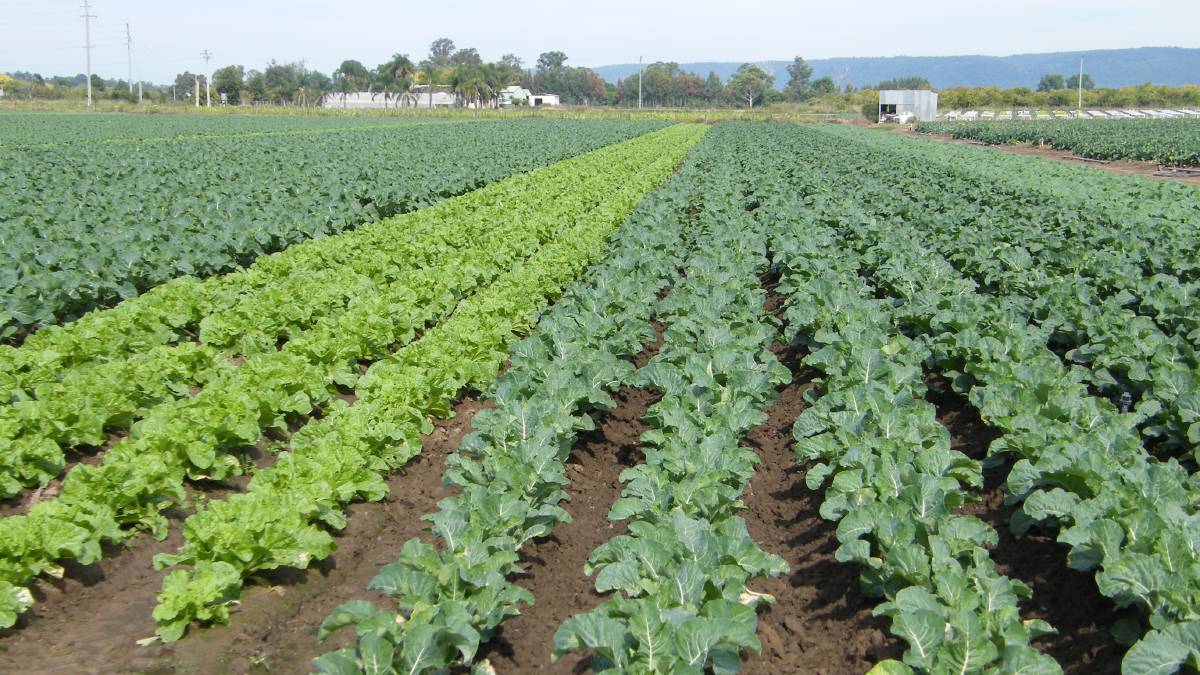
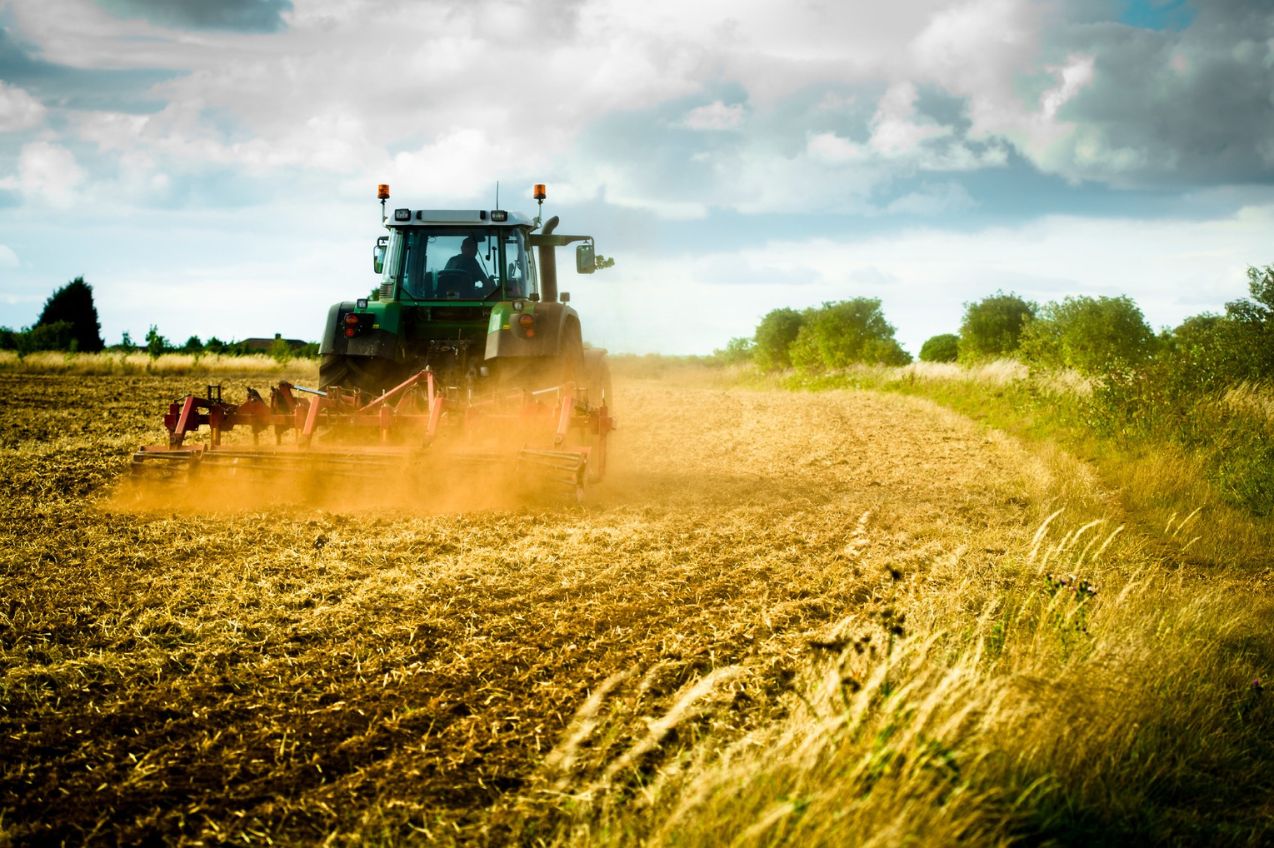
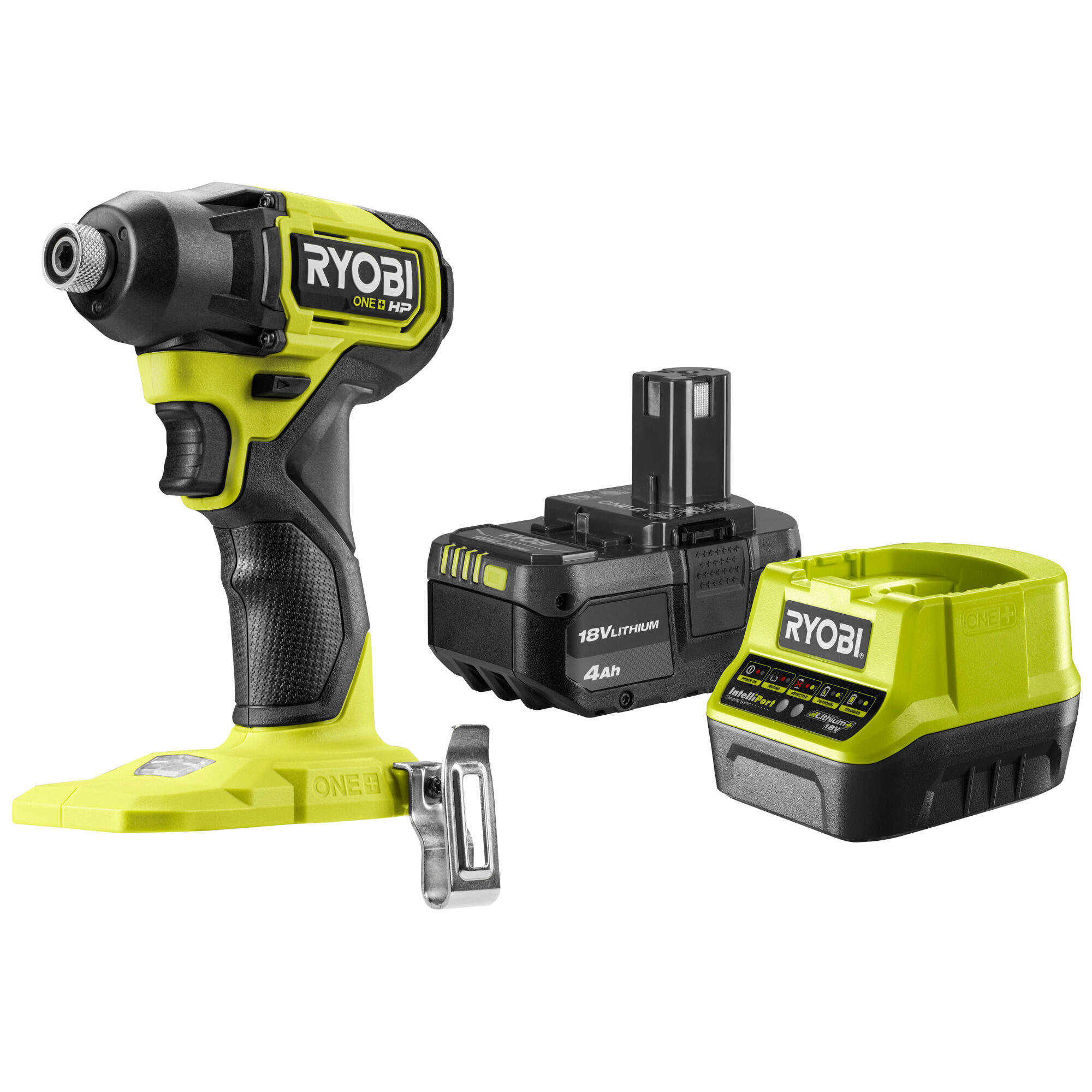


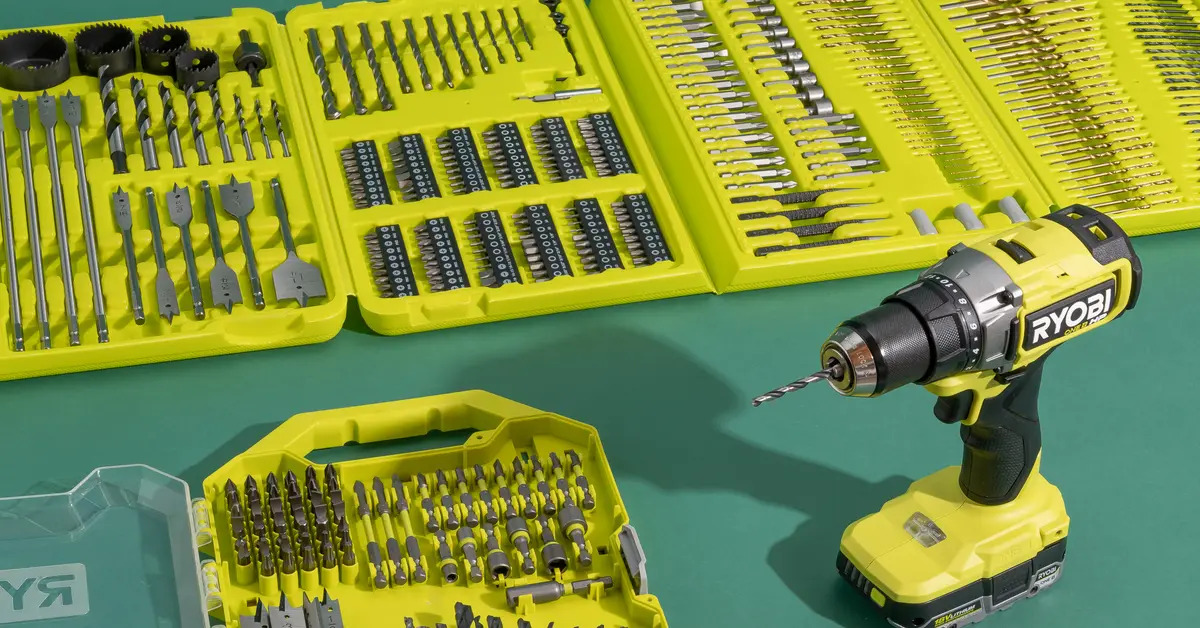

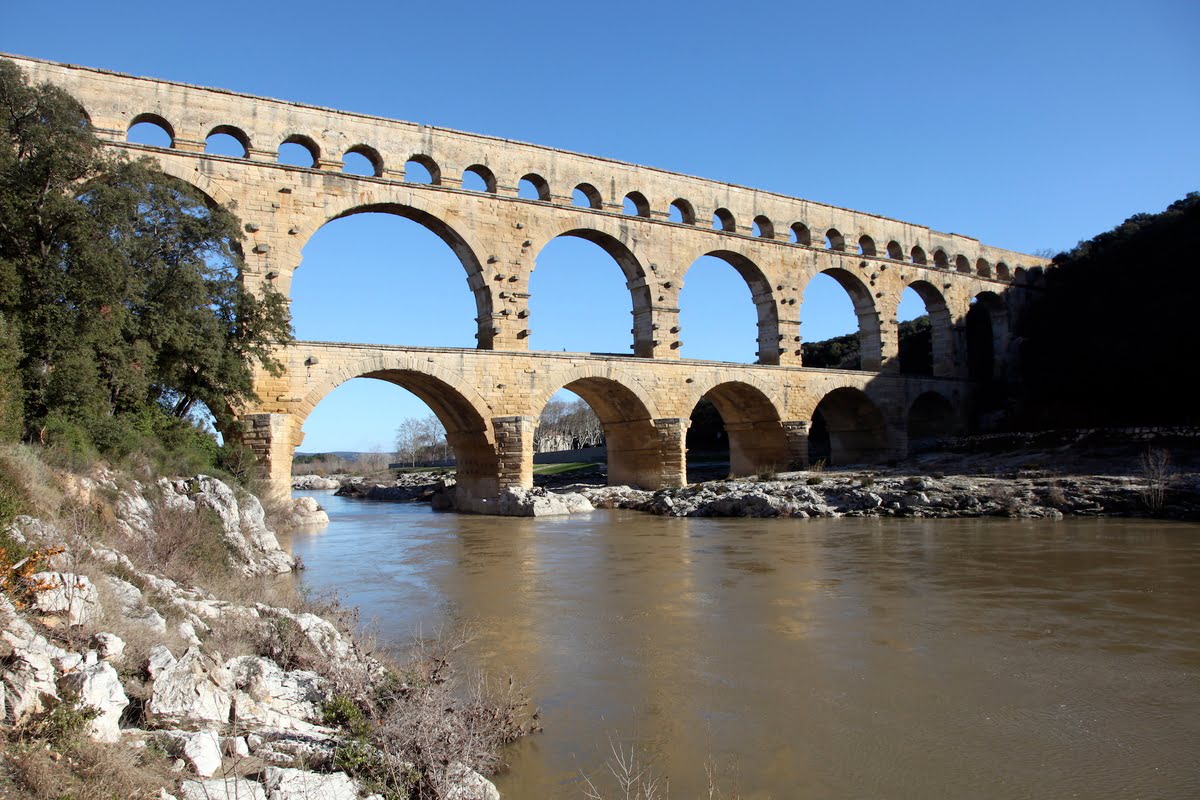
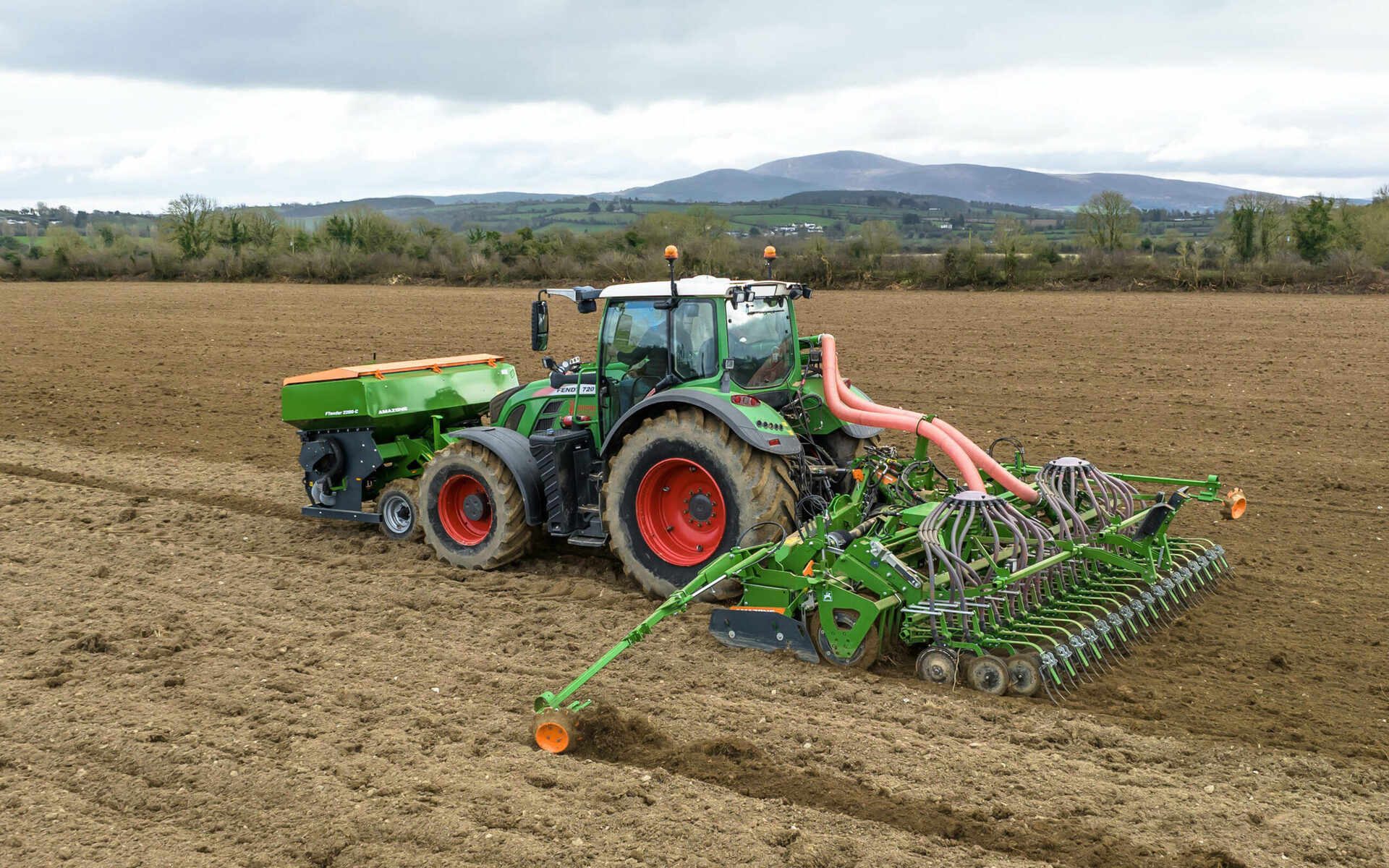
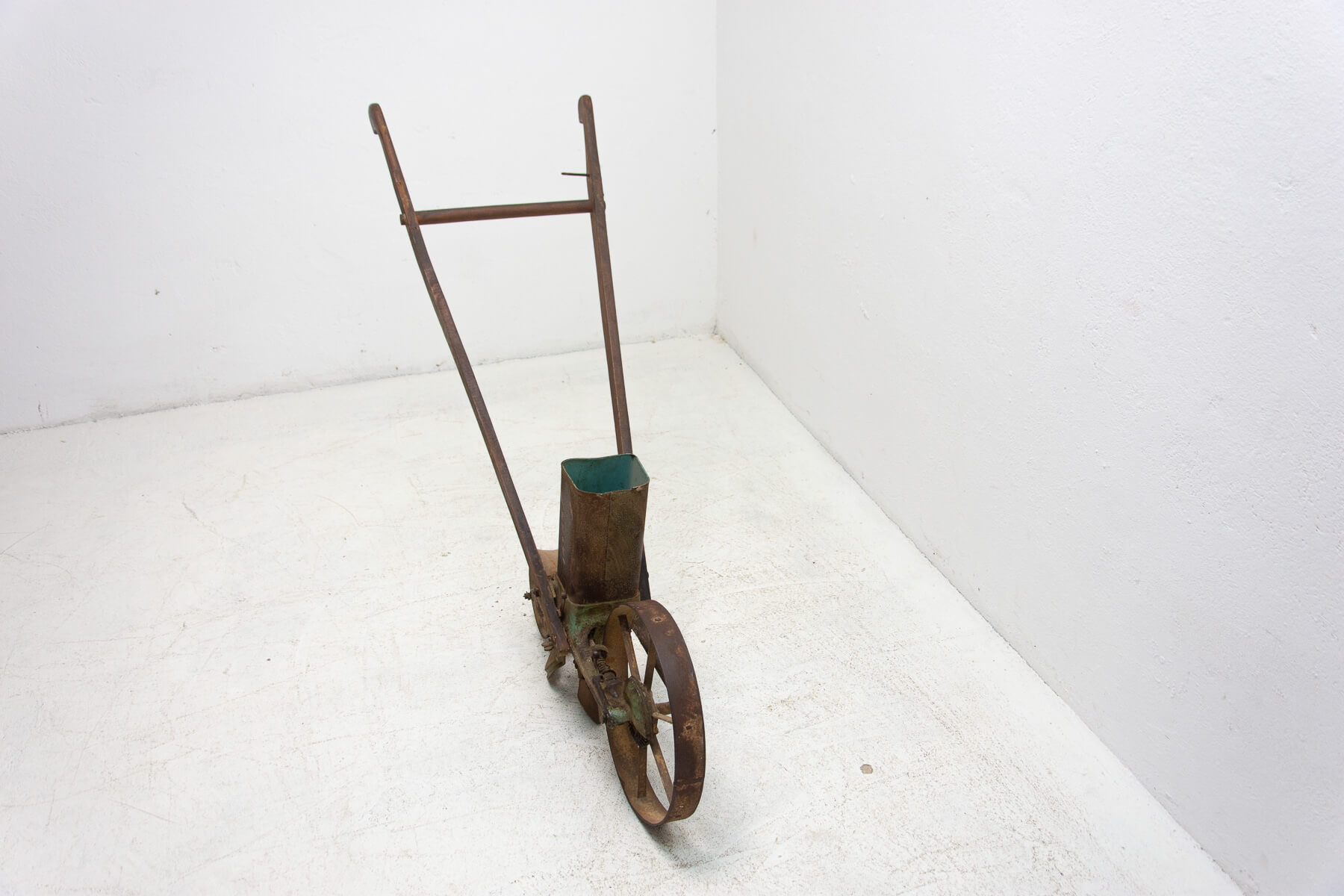
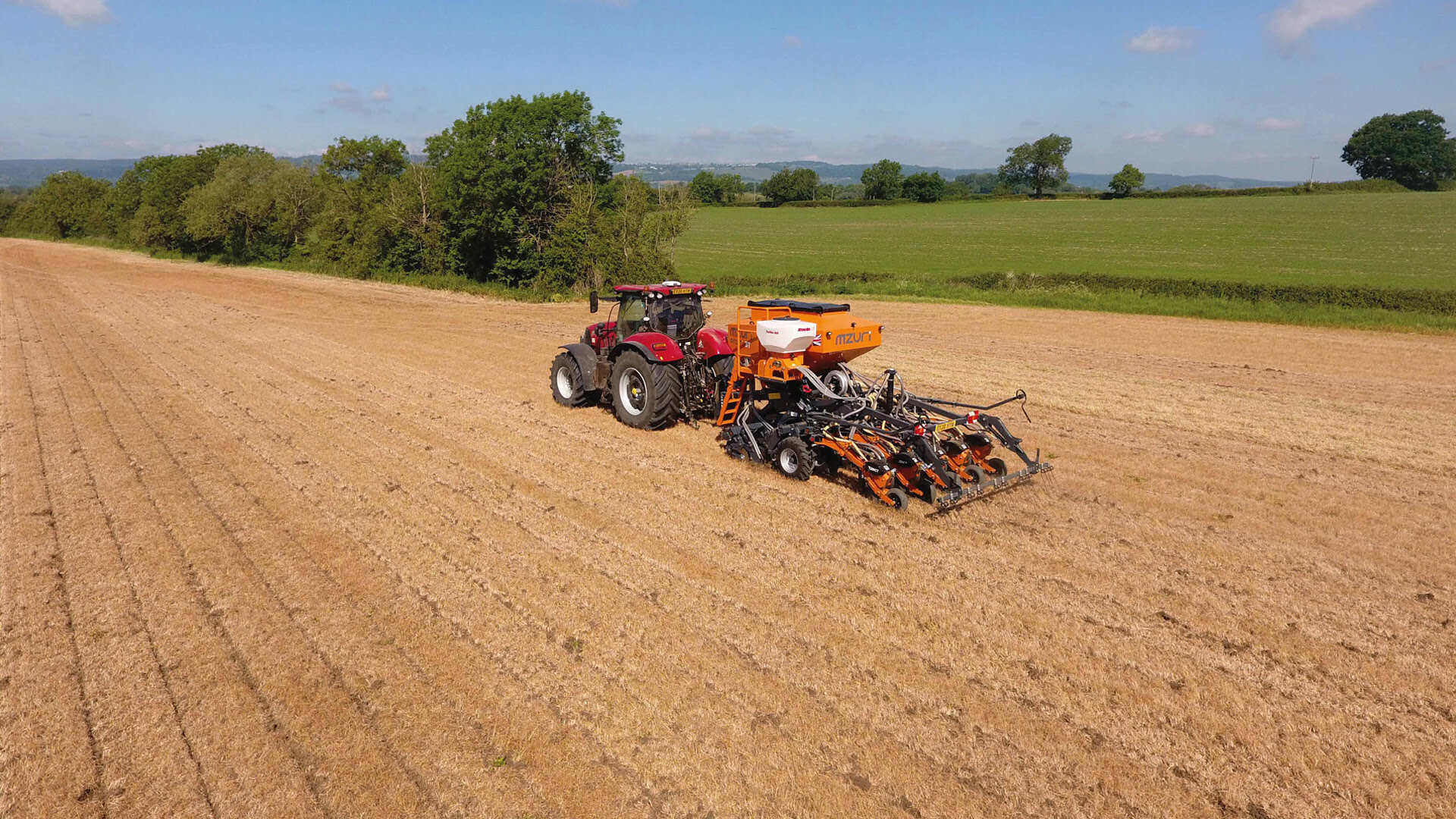
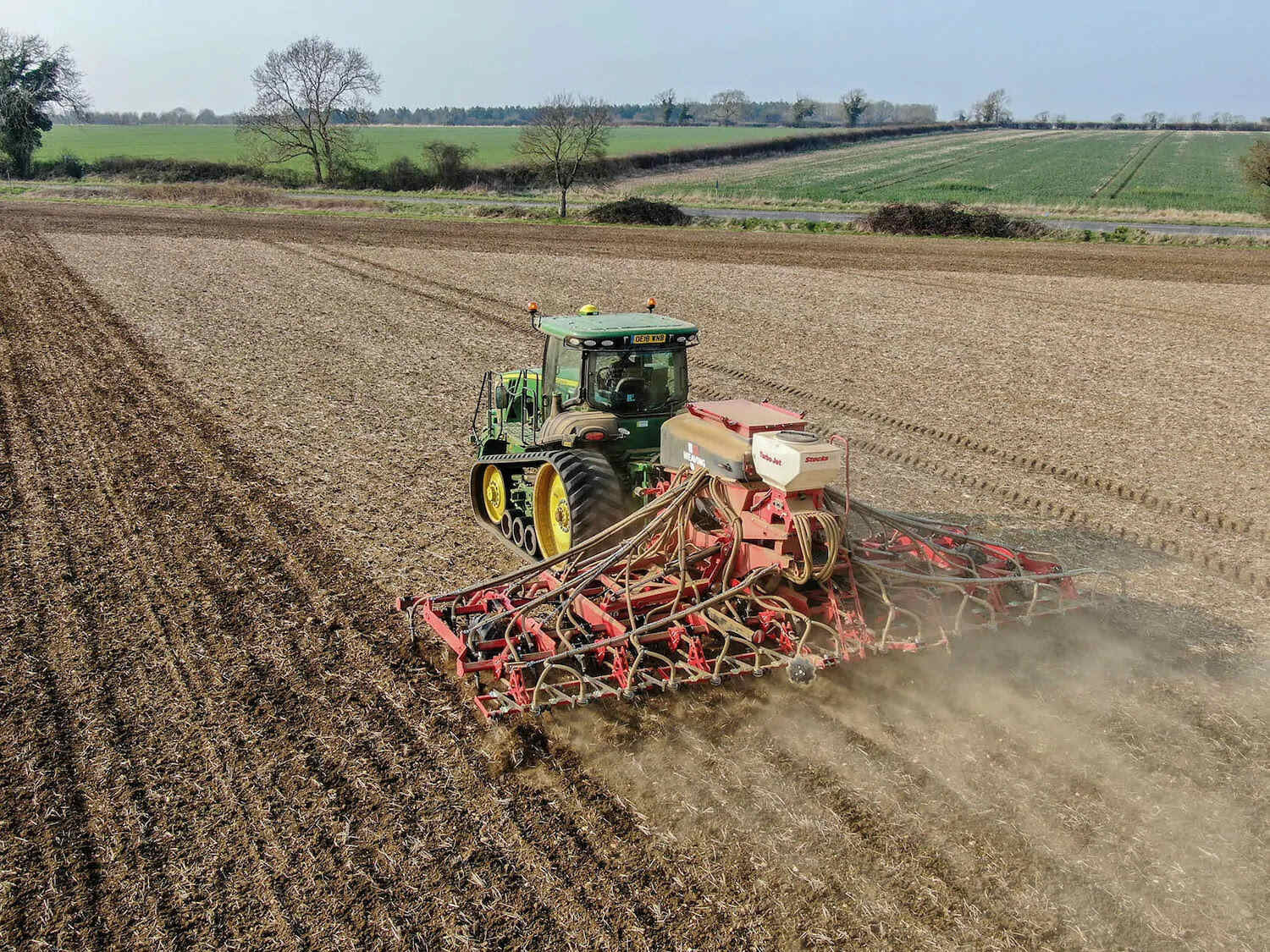
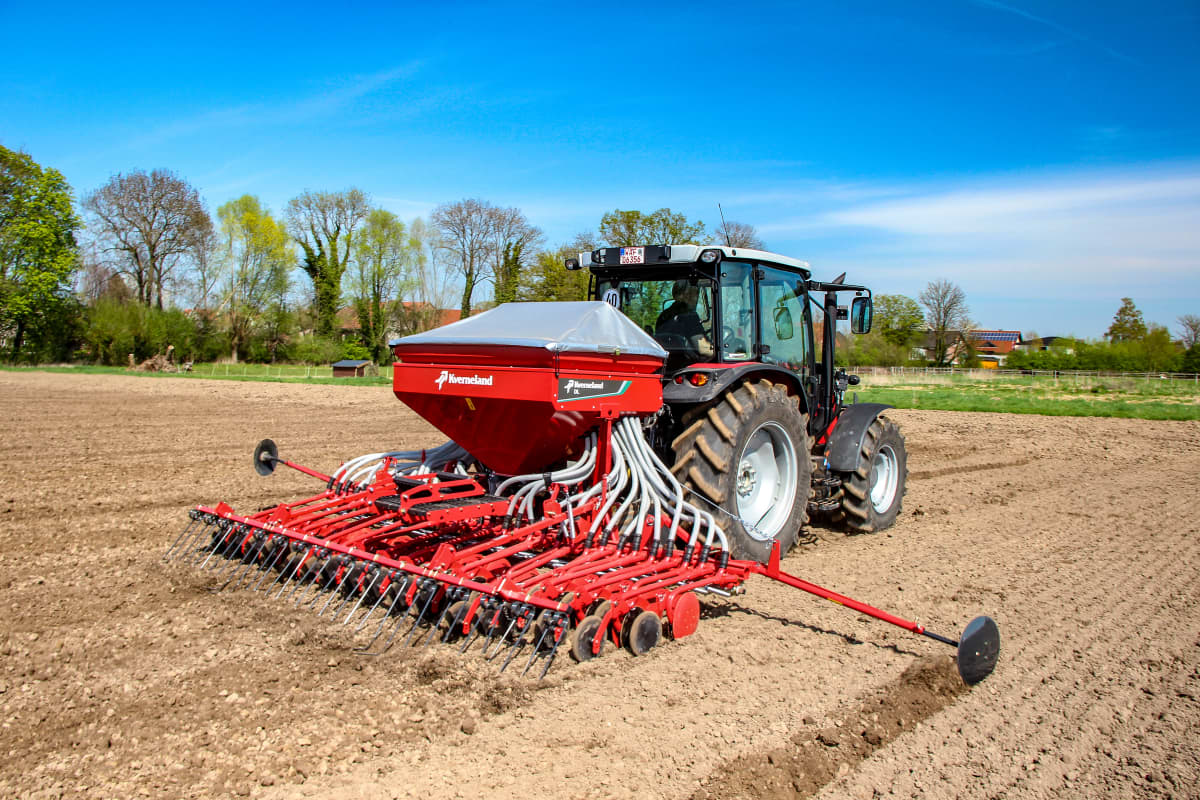

0 thoughts on “How Did The Seed Drill Impact Society”